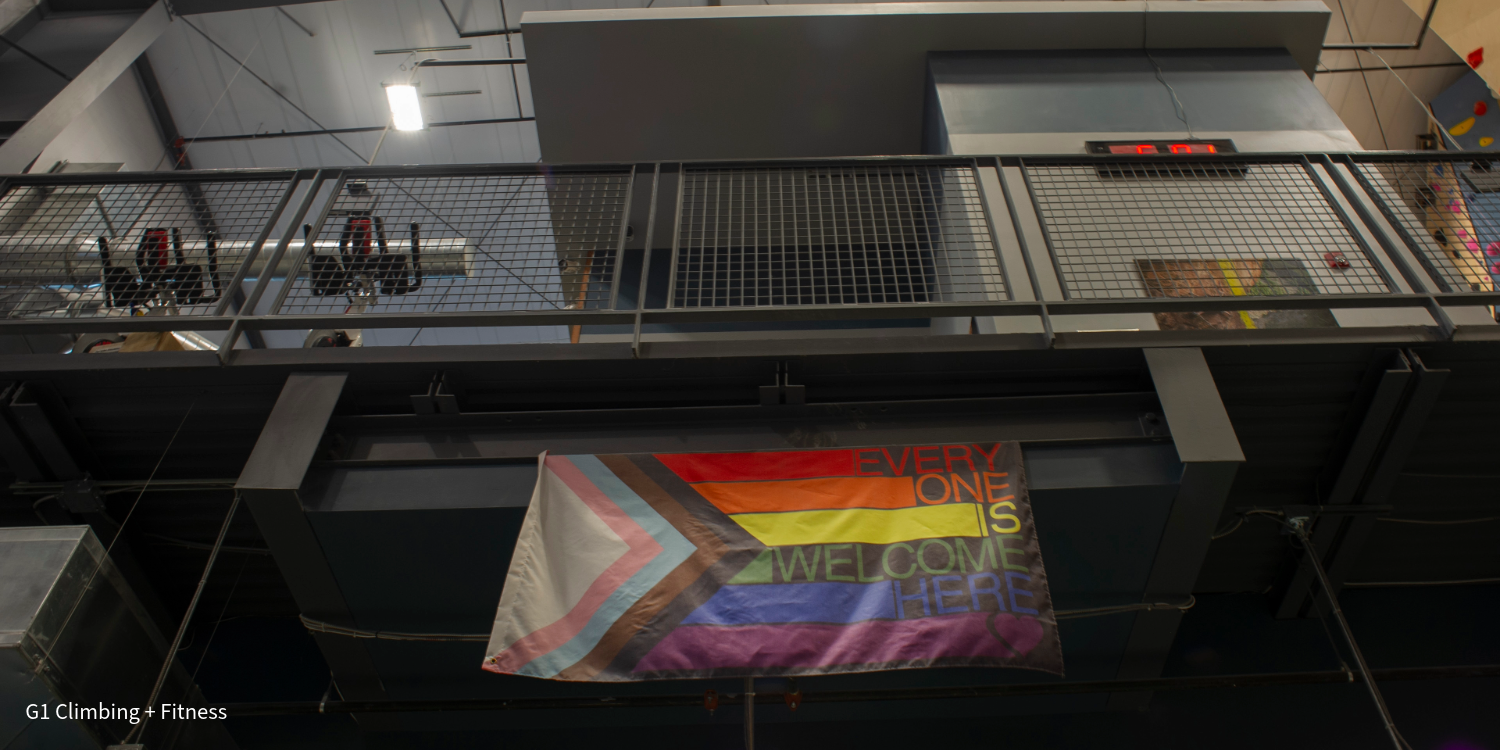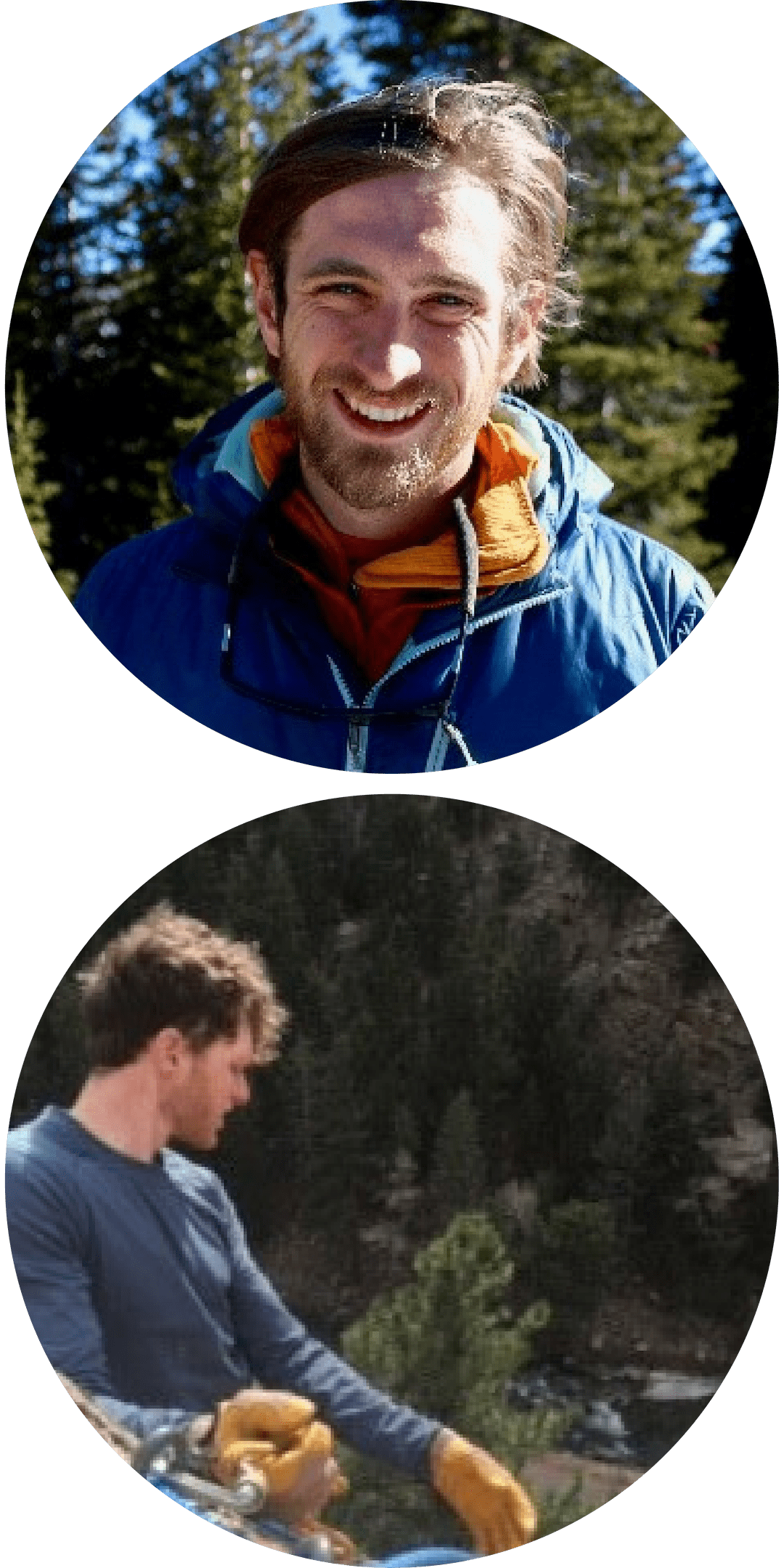Social Change Trends for Climbing Gyms

In cities across the U.S., climbing gyms are increasingly becoming much more than places to test one’s physical limits.
They are community hubs, platforms for advocacy, and safe spaces where social and political issues important to membership are going mainstream through the sport of climbing.
Article At A Glance |
|
Two connected threads stand out: the outdoor industry’s push-back against threats to public lands, and how gyms are supporting LGBTQ+ and other underrepresented communities. These threads are important as we see a community of recreationalists dependent on public lands access for economic success, as well as the increasingly vocal affronts to pluralism in our communities. Proposed public land sell-offs, banning expressions of identity, and other current issues have motivated businesses to mobilize toward their values.
On one front, the fight to protect public lands has become central to the climbing world. The Outdoor Industry Association (OIA), for example, issued a forceful statement in May 2025. They told Congress to oppose proposals to sell off federal lands in Utah and Nevada, warning that such measures would “jeopardize public access and outdoor recreation opportunities for local communities and visitors.” (Outdoor Industry Association).
Indoor climbing gyms feed that same ecosystem. In May 2025, the major climbing gym chain Movement Climbing, Yoga & Fitness announced they’ll match up to $50,000 in donations to Access Fund and run campaigns tied to public lands conservation ( PR Newswire). This reveals how climbing gyms are bridging indoor sport with outdoor advocacy: they are not merely training grounds but grassroots nodes of environmental activism.
Care About Public Lands? Help Protect Them
The Climbing Wall Association is committed to providing resources for all climbing businesses and expanding climbing access across the world, primarily indoors but also outdoors. For this reason, we've partnered with the Access Fund to give gyms tools they need to affordable, and in a less risky way, implement gym-to-crag learning.
At the same time, climbing gyms are proactively engaging in social justice and inclusion work—especially around LGBTQ+ communities. For example, Boulders Climbing Gym in Madison offers “Queer Climbing Social” nights, providing a safe and inclusive space for the LGBTQ+ community to learn, socialize, and climb (Boulders Climbing Gym+1).
Gyms like Movement partner with local LGBTQ+ artists for Pride Month and give proceeds to organizations throughout the U.S. (Movement). Groups such as CRUX Climbing focus on empowering LGBTQ+ climbers with skill-building, mentorship and inclusive events (CRUX CLIMBING). These efforts highlight that climbing gyms are consciously striving to create welcoming spaces for all climbers, including those communities historically underrepresented in the sport.
What makes this particularly compelling is the crossover effect: by building inclusive indoor communities, climbing gyms help diversify the broader climbing culture, which in turn strengthens advocacy for public lands and accessible recreation.
When more people feel welcome and empowered to climb, the constituency for protecting climbing access and conservation widens.
Similarly, when a climbing gym hosts a “Climb for the Cause” fundraiser or runs a sliding-scale membership program for underrepresented populations (as seen in Boulders’ “Climb4Community” initiative) Boulders Climbing Gym+1 the benefits ripple outward—making climbing a vehicle for equity, community building, and civic engagement.
In short, climbing gyms are increasingly socially and politically active. They are helping translate the thrill of the wall into real-world impact—whether that’s organizing against potential land selloffs, or offering safe, inclusive spaces for LGBTQ+ climbers and other marginalized groups. In doing so, they reinforce a powerful shift.
Climbing isn’t only about the ascent—it’s about community, access, justice, and conserving the places we climb. As the sport grows, so does its potential as a platform for positive change.
About the Headwall Group
 The Headwall Group was founded by Bix Firer and Pat Brehm. Bix Firer (MA, University of Chicago) is an Associate Professor of Outdoor Studies at Alaska Pacific University and has worked as a wilderness educator, trainer, facilitator, and experiential educator for over a decade.
The Headwall Group was founded by Bix Firer and Pat Brehm. Bix Firer (MA, University of Chicago) is an Associate Professor of Outdoor Studies at Alaska Pacific University and has worked as a wilderness educator, trainer, facilitator, and experiential educator for over a decade.
Pat Brehm works as a professional organizational trainer and has spent his career as a climbing coach, facilitator, and outdoor educator.
